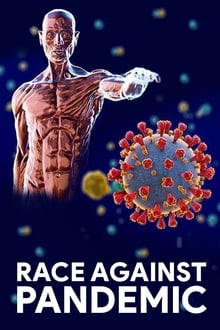
Healthcare systems are overwhelmed, economies are disrupted and governments impose lockdowns to contain the spread of the virus. Where did this novel coronavirus come from? In what way was it manifesting itself in humans? How was it being spread? We uncover the vital questions scientists ask as they grapple to understand this new virus, and its potential threat. We also speak to the scientists and experts leading the fight against this latest pandemic to develop vaccines and treatments in a bid to halt the coronavirus’ relentless spread.
You May Also Like

IRIS pairs legendary 87-year-old documentarian Albert Maysles with Iris Apfel, the quick-witted, flamboyantly dressed 93-year-old style maven who has had an outsized presence on the New York fashion scene for decades. More than a fashion film, the documentary is a story about creativity and how, even in Iris’ dotage, a soaring free spirit continues to inspire. IRIS portrays a singular woman whose enthusiasm for fashion, art and people are life’s sustenance and reminds us that dressing, and indeed life, is nothing but an experiment.

A look inside the infamous Gambino mob family, featuring a new interview with one of the most notorious hit men in mafia history, Sammy “The Bull” Gravano.

On January 6, 2021, Americans witnessed an attack on the U.S. Capitol without precedent in our history. Armed militiamen and QAnon followers made headlines, but among them were a sea of crosses and Christian flags, rosaries and “Jesus Saves” signs. What motivated so many Christians to participate in this violent assault?

Lift shines a spotlight on the invisible story of homelessness in America through the eyes of a group of young homeless and home-insecure ballet dancers in New York City and the mentor that inspires them.
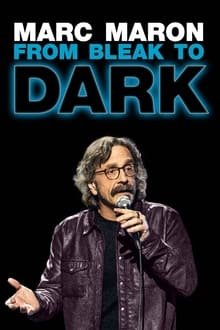
Over the course of a hilarious and deeply personal hour, Maron explores such universal topics as getting older, antisemitism and faith, and the superiority of having cats over children – especially during the pandemic.
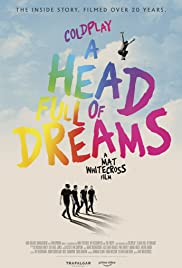
An in-depth and intimate portrait of Coldplay’s spectacular rise from the backrooms of Camden pubs to selling out stadiums across the planet. At the heart of the story is the band’s unshakeable brotherhood which has endured through many highs and lows.

Martina Navrátilová, the legendary tennis player and admirable woman from Řevnice near Prague, reminisces and takes stock, but at the same time, with unflagging vigour, she is making new plans for her life.
Martina Navrátilová, perhaps the best tennis player of all time, will turn 60 this year. She spent her childhood in Czechoslovakia during the communist era. After emigrating to the United States, she became world number one within four years. She worked hard and there were times when her opponents considered her unbeatable. The media called her a pioneer, an activist, an icon. Why is that? Only she can describe it.
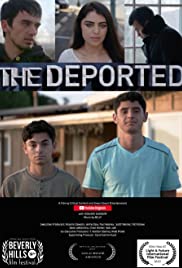
The Deported follows four long term residents of the United States, each with an Order of Deportation over their head, and their families as they have to make critical decisions that will either keep their family together and separate them. Their choices are: 1. to self-deport. 2. To take sanctuary in a church. 3. To fight back legally. 4. To fall into denial and do nothing.
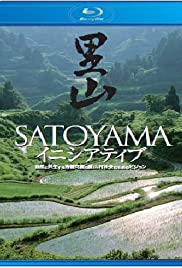
Each home has a built in pool or water tank that lies partly inside, partly outside its’ walls… A continuous stream of spring water is piped right into a basin, so freshwater is always available. People rinse out pots in the tank and clean their freshly picked vegetables. If they simply pour the food scraps back in the water, they risk polluting the whole village supply. However, carp can scour out even the greasy or burnt pans. They do the washing up in Satoyama villages. This traditional arrangement is called the riverside method. It’s used all over Japan. Cleaned up by the carp, the tank water eventually rejoins the channel.

Alone in a small white house on the edge of national road 1, the Trans-Saharan road, which connects Algiers to Tamanrasset crossing the immensity of the desert, Malika, 74, one day opened her door to the director Hassen Ferhani, who came there to scout with his friend Chawki Amari, journalist at El Watan and author of the story Nationale 1 which relates his journey on this north-south axis of more than 2000 km. The Malika of Amari’s novel, which Ferhani admits to having first perceived as a “literary fantasy”, suddenly takes on an unsuspected human depth in this environment naturally hostile to man. She lends herself to the film project as she welcomes her clients, with an economy of gestures and words, an impression reinforced by the mystery that surrounds her and the rare elements of her biography which suggest that she is not from the region, that she left the fertile north of Algeria to settle in the desert where she lives with a dog and a cat.
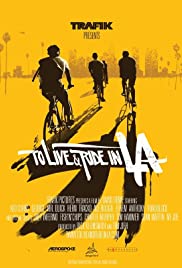
For fixed-gear cyclists, Los Angeles is a city that has it all. From the neon glow of Hollywood to the sun-drenched boardwalk of Venice Beach, fixed-gear has evolved into a vibrant street culture that is uniquely L.A. From director David Rowe (Fast Friday) comes a new documentary feature that explores a side of L.A. few outsiders have seen. From races through rush-hour traffic to midnight loft parties, To Live & Ride in L.A. is a fast paced-trip through the busy streets and back-alleys of one of the world’s largest cities. To Live & Ride in L.A. features talented local riders tearing up the streets with first-time visitor Keo Curry (Fast Friday, Macaframa) – one of the living legends of the sport. Bike to hidden spots off the map, race a midnight alley-cat, keep pace with the riders from Wolfpack, and hang with the local crews, graffiti artists and other L.A. personalities burning up the fixed-gear scene.
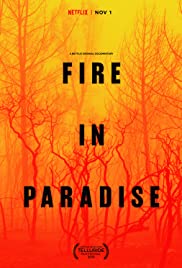
In this documentary, survivors recall the catastrophic 2018 Camp Fire, which razed the town of Paradise and became California’s deadliest wildfire.